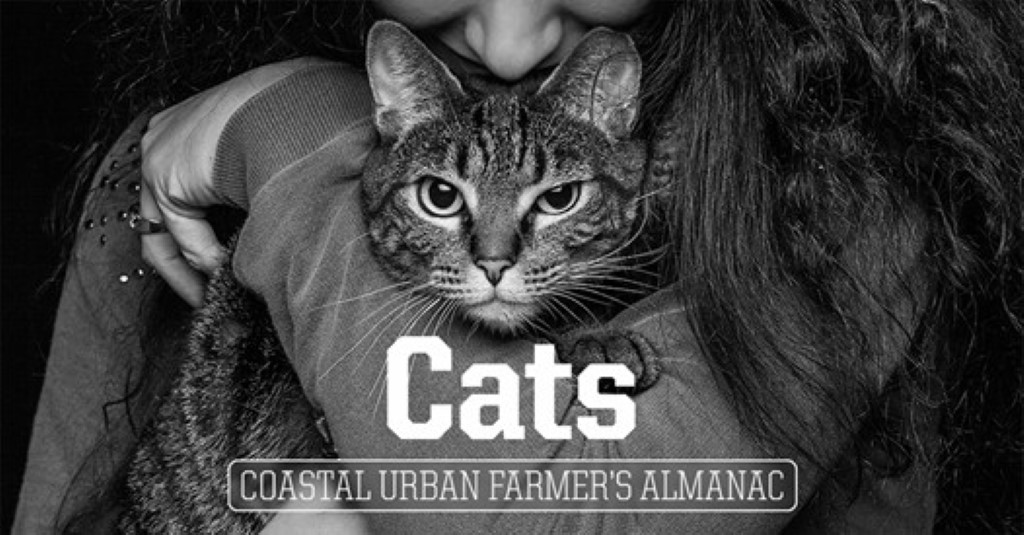
Feeding tips for your feline family members
Our feline friends are just like members of the family; loving, important to us and with their own personalities. And because they depend on us for their daily food intake it’s critical that the food we feed them is of the highest nutritional value.
Though there are some differences in dietary needs for young and older cats, for the most part all cats require the same nutritional value. The optimum balance of food for cats is a high protein, low carbohydrate diet. Studies have shown that when given the choice of food high in protein, carbs or fat, cats almost always exclusively choose higher protein foods.
Research is also showing the continuing benefits of Omega-3, which is a natural anti-inflammatory as well as making for healthy skin and joints. Other added benefits for cats from Omega-3’s include ease of movement (especially in older felines), a shiny and healthier coat, lower allergy susceptibility, eye and brain health and gastrointestinal protection from disease and obstruction.
There are several food options and no one right answer, but below are options your local Coastal offers:
Canned or wet food – Canned cat food is usually made up of three-quarters water and is therefore a good source of water for your cat’s diet. Cats normally don’t drink enough water so wet food is important to lower chance of dehydration. Cans also provide an easy way to add variety to their diet because they are usually finicky. Many canned cat foods are nutritionally deficient so you’ll want to read the labels carefully to make sure they include real meat, liver or kidneys and not meat by-products.
Semi-moist food – These foods are usually a combination of meat or meat by-products, grains and soymeal. Semi-moist can be a good compromise between solely wet or dry food but theses products tend to spoil quicker after opening so buy smaller bags more frequently to guard against spoilage.
Dry food – The best nutritional value for your cat, depending again on the ingredients of the individual products. Dry food also tends to be the best financial value and also stores well. It is also often supplemented with vitamins and minerals.
Coastal has an array of food products to choose from that will fit your nutritional, economic and unique cat needs. Our Pet Specialists are more than happy to help you decide what nutritional line is best suited for your cat.
Whatever cat food source you choose make sure you choose the highest protein, lowest carb option that is low (and ideally completely lacking) in meat byproducts and artificial ingredients. Making sure our feline family members are healthy and happy is paramount. High quality and nutritionally balanced food will go a long way to improving their quality of life.
Coastal Cat Food Selection
Coastal carries a diverse selection of cat nutrition products. Check out our lineup of premium pet foods from Hill's Science Diet and Blue Buffalo
Fun Facts
Fear can be a slippery slope, especially if you have Pagaphobia, which is the fear of ice or frost.
Cows are social creatures and actually make friends and bond with other herd members. And that saliva you see when they’re chewing is not an illusion. Cows can produce a hefty amount each day – up to 125lbs. That’s a lot of spittle.
To bee or not to bee…honeybees die after they sting. But before they do they’re incredibly productive, traveling over 55,000 miles and touching over 2 million flowers to produce a single pound of honey.
Can you dig it? Some of the first shovels were actually the shoulder blades of larger animals. And wooden shovels go back a long time with the oldest wooden shovel dating back to 2000 BC.
Composting your Compost
Composting may seem like a dirty job but it’s actually quite easy to do and pays a lot of dividends. By composting you’re recycling and adding nutrients to lawns, gardens and plants. And it’s easy because once you mix the ‘ingredients’ the pile takes care of itself by cooking all on its own.
Storage - Begin with a container of any size, depending on how much material you want to use. Decomposing material won’t harm any container so your options are open. Stationary bins can be plastic containers or as easy as a wood crate. Compost tumblers rotate the material for you. In either case, make sure the composted goods are turned regularly to mix the decaying material and circulate oxygen. You still want to retain moisture and let the heat insulate. Keeping the compost bins in direct sunlight is another way to maintain the heat, which helps breaks down the material faster.
Ingredients – Generally speaking compost is made up of plant matter including leaves, grass clippings, dead flowers and vegetable plants. Adding shredded newspaper and wood helps to aerate the compost as well as enticing worms, which help breakdown the matter. Some food by products like food waste, banana peels, etc. is good but don’t add meat, dairy or fish products as you’ll be inviting rodents and larger scavengers like raccoons, not to mention dogs.
Maintenance – Make sure you have chunky material on the bottom that allows for a little airflow, and add new material as often as you like. It’s best to stir and and turn the material mass once a week to mix the mass and keep the heat generated. You’ll want to keep some moisture at all times as not enough moisture will create a slimy goo. In a couple or three months, you’ll have a fine mix of dark crumbly pieces that will smell of rich soil and not the icky pile of mess you began with. It’ll be worth it!
Composting is a great way to bring a high value of nutrients to gardens, flower beds and other plantings. Don’t be afraid to pile on the material as the breakdown process actually needs a critical mass for it to do its job. Make sure to stir the organic pile to keep it moist and oxygen flowing. And be patient as the process takes a little time. You can use a simple bin on small patios or a large contained area in the back forty.
Coastal has composting bins as well as rakes, hoes, shovels, pitchforks and pretty much any tool you might need to get your composting pile going.
Composting Tools from Coastal
Coastal has the tools for the job. Get your hands on durable pitchforks, rakes and other garden tools from Truper at any of our 15 stores in the Pacific Northwest.

